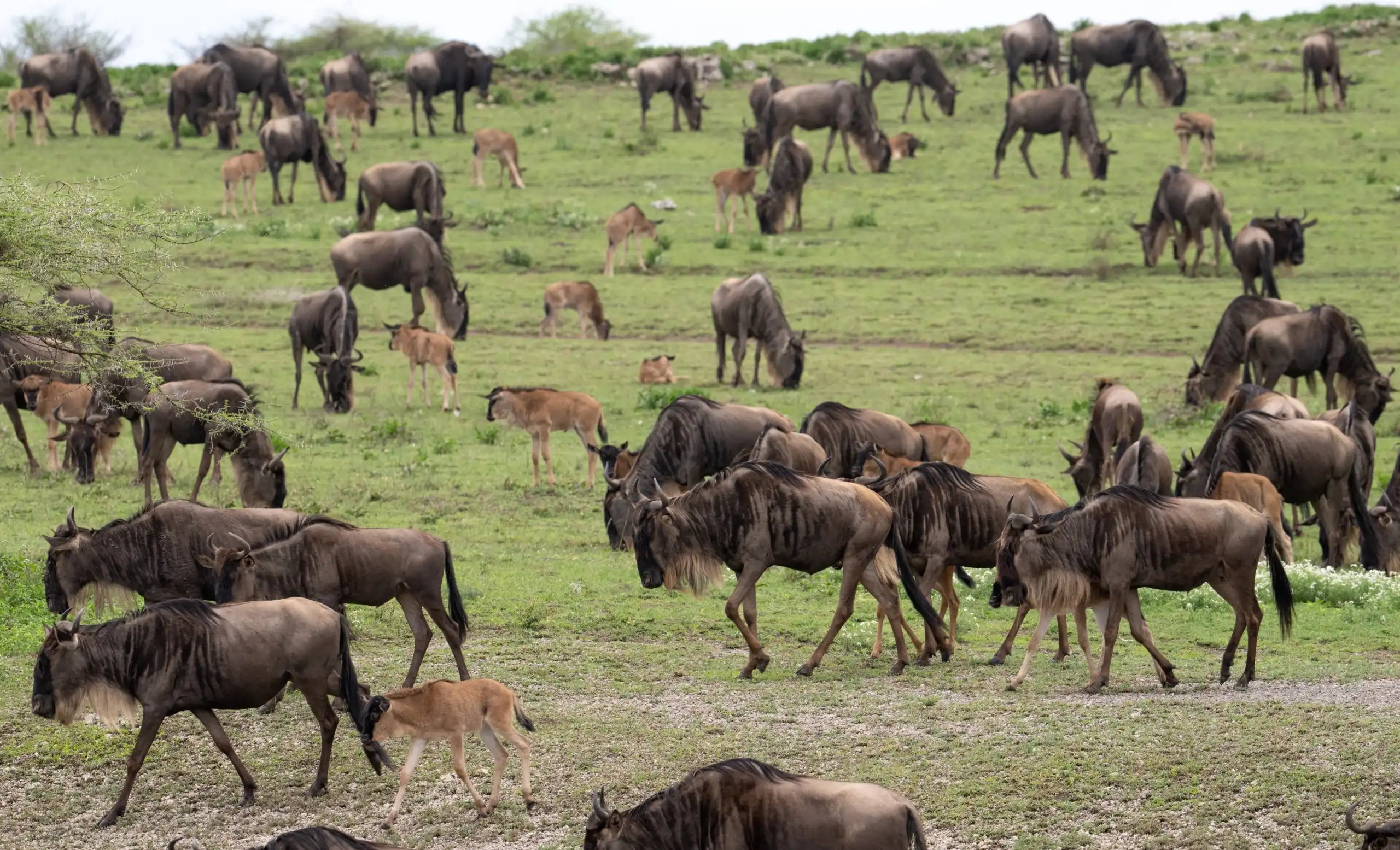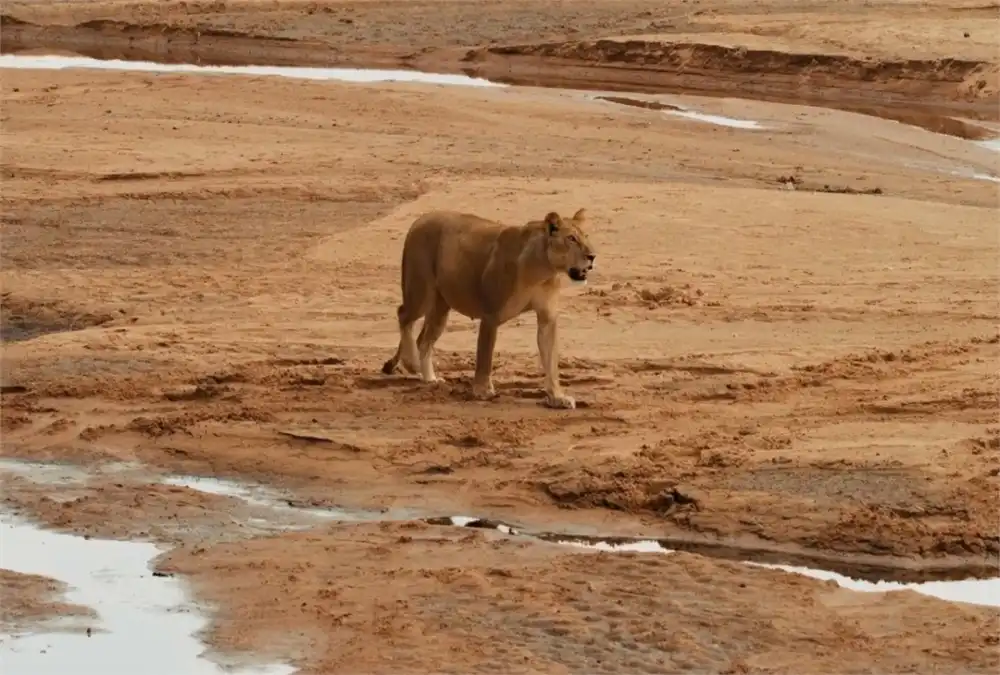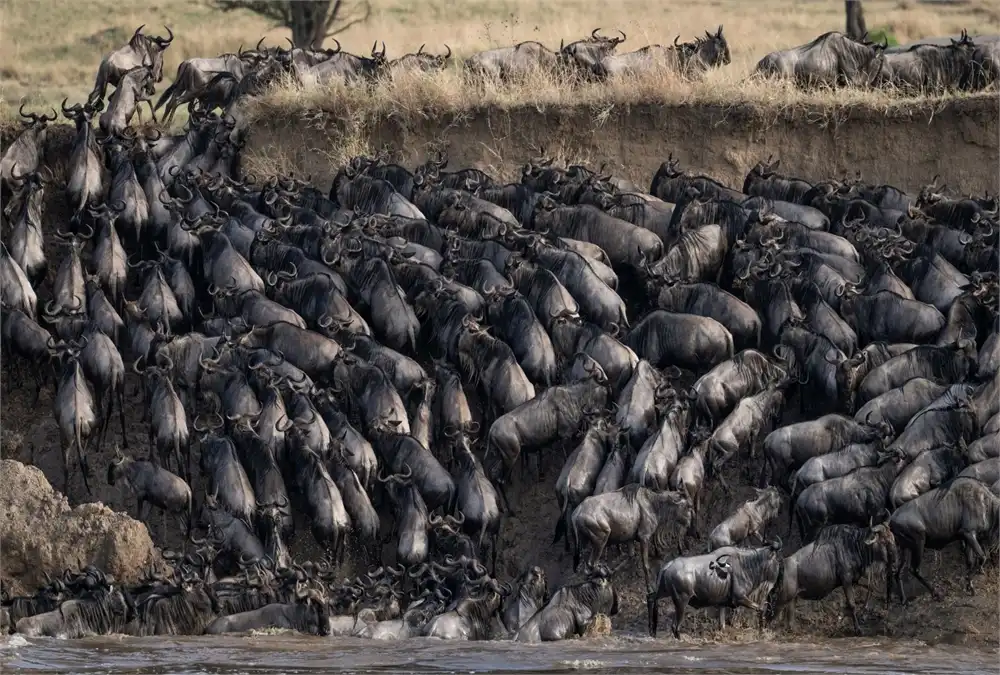
The Serengeti National Park, located in northern Tanzania, is a mesmerizing expanse of natural beauty and biodiversity that has captivated the world for generations. Spanning over 14,750 square kilometers, this UNESCO World Heritage Site is one of the most iconic and celebrated wildlife destinations on Earth. Its name, derived from the Maasai word "Siringet," meaning "endless plains," perfectly encapsulates the vastness of this wilderness. The Serengeti is not merely a geographical location; it is a living, breathing ecosystem, pulsating with life and teeming with stories of survival, migration, and adaptation.
As the sun rises over the Serengeti, the landscape transforms into a canvas of golden grasslands, acacia woodlands, and riverine forests, each shimmering under the morning light. The park's terrain is as varied as it is expansive. To the south, the seemingly infinite short-grass plains stretch uninterrupted, creating a stage for the world-famous Great Migration. In the central regions, known as the Seronera Valley, a network of rivers nourishes lush vegetation, providing a sanctuary for predators and prey alike. Further to the west, the landscape shifts to undulating hills and thickets, while in the north, the rugged terrain and verdant woodlands signal the proximity of the Maasai Mara in neighboring Kenya.


However, the Serengeti's allure extends far beyond the migration. The park is home to an astonishing array of wildlife, with over 70 large mammal species and more than 500 bird species calling it home. Here, the Big Five—lion, leopard, elephant, rhinoceros, and buffalo—roam freely, embodying the raw power and beauty of the African wilderness. Lions, often spotted lounging under the shade of acacias or stalking prey in the tall grasses, are particularly abundant in the Serengeti, making it one of the best places in the world to observe these majestic predators.
Leopards, elusive and solitary, are frequently seen resting in the branches of trees, their spotted coats blending seamlessly with the dappled sunlight. The vast elephant herds, with their gentle yet commanding presence, traverse the park's landscapes, while the critically endangered black rhino can occasionally be spotted in the northern regions, a testament to ongoing conservation efforts. Herds of buffalo graze in the open savannah, their imposing frames and curved horns a reminder of their resilience.
The Serengeti is most renowned for hosting the Great Migration, a breathtaking spectacle often described as the "greatest show on Earth." Each year, over two million wildebeest, accompanied by hundreds of thousands of zebras and gazelles, embark on a perilous journey in search of fresh grazing lands and water. This cyclical movement, dictated by the rains, is an epic tale of survival that sees the herds crossing crocodile-infested rivers, braving the open plains under the watchful eyes of predators, and birthing their young in the safety of the southern Serengeti's calving grounds. Witnessing this natural phenomenon is an awe-inspiring experience, a vivid reminder of the resilience and interdependence of life in the wild.
Beyond its natural splendor, Serengeti National Park provides opportunities for cultural encounters with the Maasai people, who have inhabited these lands for centuries. Visitors can learn about traditional Maasai customs, explore their vibrant villages, and gain insights into their deep connection with the land and wildlife.
In conclusion, Serengeti National Park stands as a symbol of Africa's natural splendor and biodiversity. From its awe-inspiring wildlife to its sweeping landscapes and rich cultural heritage, the park offers a glimpse into the wonders of the natural world. By embracing sustainable conservation practices and fostering a deeper appreciation for its treasures, Serengeti continues to inspire and captivate visitors from around the globe, ensuring that its legacy endures for generations to come.